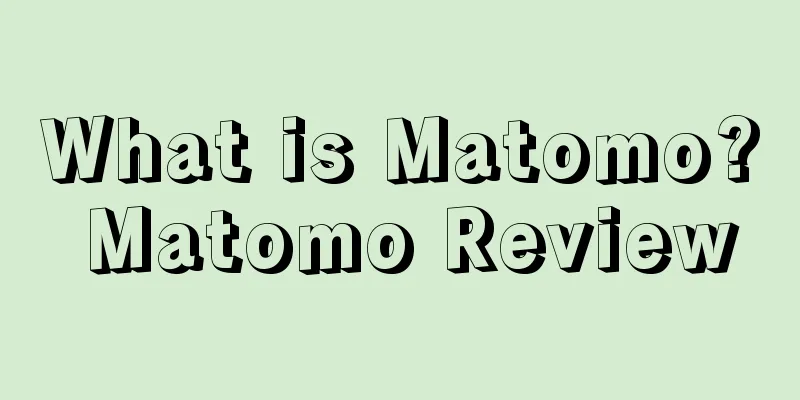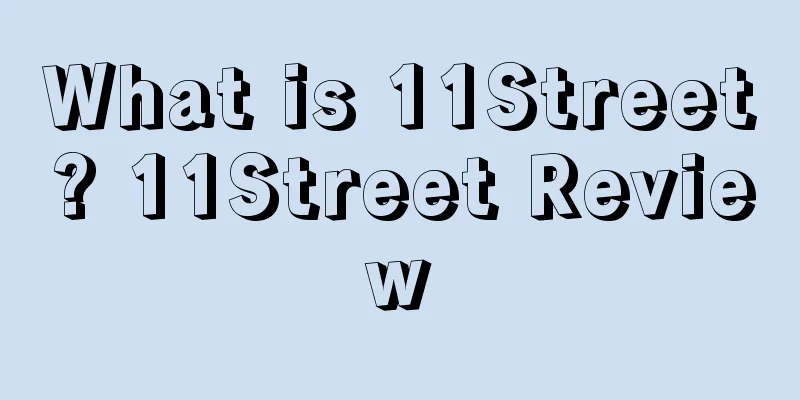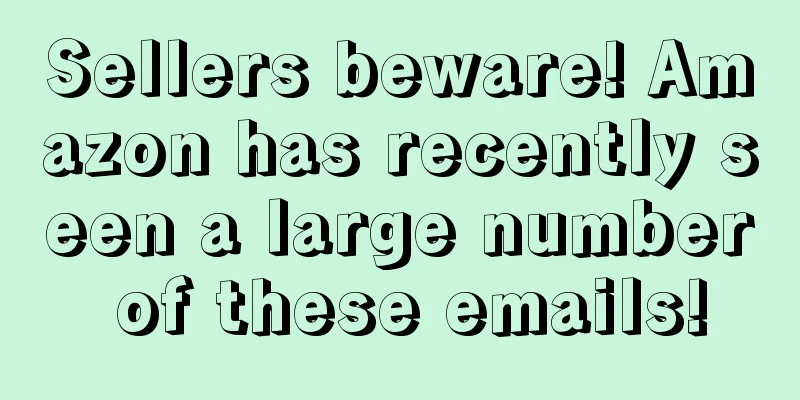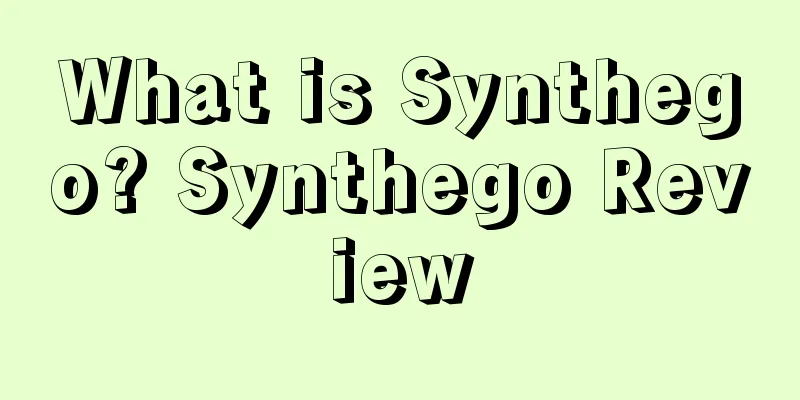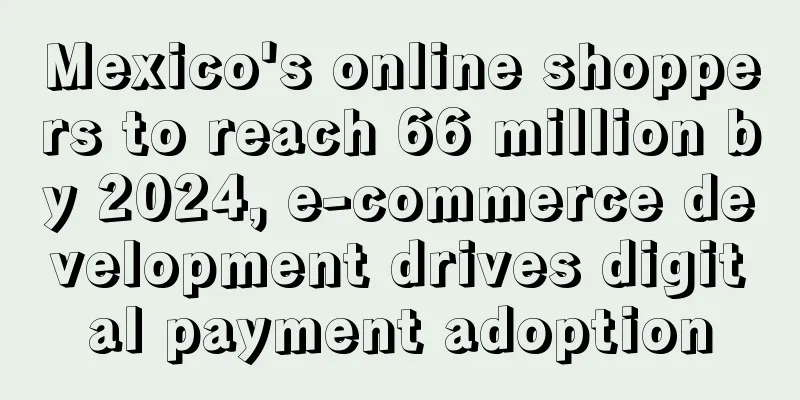What is trademark squatting? Trademark squatting review
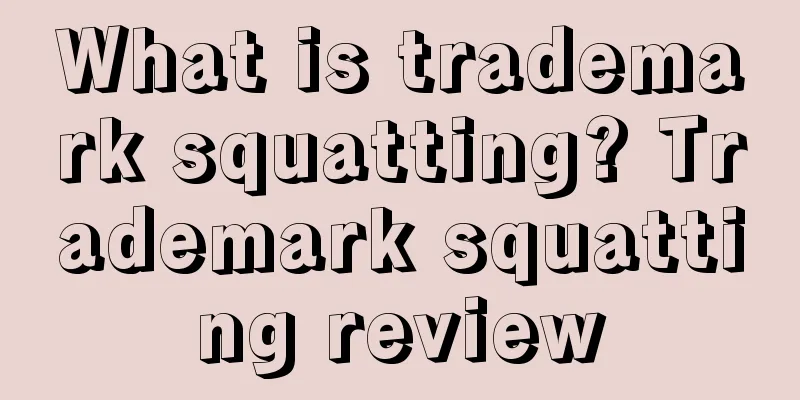
Trademark squatting refers to the competitive behavior of registering a trademark before the original trademark owner to obtain economic benefits; trademark squatting also includes the behavior of registering the prior rights of other well-known company names or other names with a certain reputation in society as one's own trademark in order to obtain economic benefits.Legal provisionsTrademark squatting is an act of fact-finding, which generally involves revoking the ownership of the trademark and re-identifying the original owner's trademark ownership. Generally, no other infringement liability will be borne. Article 32 of the Trademark Law also provides for this: "When applying for trademark registration... one must not use unfair means to preemptively register a trademark that has already been used by others and has a certain influence." What is trademark squatting?The meaning of the term trademark squatting has gone through two stages of development. In the first stage, the objects of trademark preemptive registration are basically limited to unregistered trademarks; At present, the connotation of trademark preemptive registration has been further expanded. The act of applying for registration of others' well-known trademarks or famous trademarks for non-similar goods or services also belongs to trademark preemptive registration. Furthermore, the act of applying for registration of others' innovative designs, design patents, corporate names and trade names, copyrights and other prior rights as trademarks should also be regarded as trademark preemptive registration. Trademark squatting can be divided into narrow and broad definitions. In the narrow sense, trademark squatting refers to the competitive behavior of registering a trademark before the original trademark owner in order to obtain economic benefits. Amount of compensation for trademark preemptive registration1. Determine the amount of compensation based on "actual losses". That is, the amount of compensation for infringement of trademark exclusive rights shall be determined based on the actual losses suffered by the right holder due to infringement. According to the provisions of the "Interpretation of the Supreme People's Court on Several Issues Concerning the Application of Laws in Trial of Civil Disputes over Trademarks" on October 12, 2002, "losses suffered due to infringement" can be "calculated based on the reduction in sales of the right holder's goods caused by infringement or the product of the sales volume of the infringing goods and the unit profit of the registered trademark goods". For malicious infringement of trademark exclusive rights with serious circumstances, the amount of compensation can be determined at more than 1 times and less than 3 times the amount determined by the above method. 2. The amount of compensation shall be determined based on “benefits obtained from infringement”. 3. The amount of compensation shall be determined based on the “multiple of the trademark license fee”. That is, when the loss of the right holder or the profit obtained by the infringer is difficult to determine, it can be reasonably determined by referring to the multiples of the trademark license fee. 4. The court shall determine the amount of compensation "with reference to the rights holder's claims and evidence provided." The so-called "reference" means that when determining the amount of compensation, the amount of compensation is determined based on the rights holder's claims and the evidence provided, and after comprehensive consideration of relevant factors. 5. The court shall determine the amount of compensation in accordance with the provisions of this Law. That is, when it is difficult to determine the actual losses suffered by the right holder due to infringement, the profits obtained by the infringer due to infringement, and the licensed usage fees of the registered trademark, the People's Court shall, based on the circumstances of the infringement, order compensation of no more than RMB 3 million. Malicious registration"Malicious registration" means that an applicant uses unreasonable or illegal means to apply to the Trademark Office for registration of a trademark that has been used but not yet registered by others in his own name. Reasons for malicious registration1. Low trademark application cost: With the continuous improvement and perfection of my country's trademark law, the process of trademark registration in my country has been greatly shortened and the cost has been greatly reduced. 2. Low threshold for trademark application: As long as you have a copy of the license, you can register a trademark. Unlike the United States, it must be a trademark that is actually in use. Therefore, many people register companies specifically to register trademarks. 3. Trademark registration has high benefits: Successfully registering a trademark can bring huge profits to the registrant. Therefore, many people choose to do so even though they know it is illegal and unreasonable. Criteria1. The applicant seeks improper benefits, which is a subjective requirement 2. The applicant adopted improper means, which is a behavioral requirement Unfair means refers to the situation where a trademark registration applicant fills in relevant matters falsely in the trademark registration application form and the relevant materials provided in an unreasonable or illegal manner. However, it is impossible for the Trademark Office of the State Administration for Industry and Commerce to review the authenticity of the application form and relevant materials. 3. Successful registration, which is an objective or factual requirement Only when the registration is successful will it eventually constitute "malicious registration". The harm of malicious registration1. Restricting the development of enterprises: Many companies do not register trademarks when they first start to develop. When they need to go public or register trademarks for further development, they find that their trademarks have been preemptively registered. At this time, not only will the pace of development stagnate, but they will also have to pay a huge price to buy back the trademark or register another one. This is not conducive to trademark competition. 2. Let enterprises protect their rights: In order to prevent their brands and main trademarks from being preemptively registered, many companies register all-category trademarks. However, the application and renewal fees are very high, which increases the cost for companies to protect their trademarks. 3. Waste of trademark resources: Many companies, such as Tencent, Xiaomi, NetEase, etc., have carried out defensive trademark registrations in order to prevent their own trademarks from being registered by others. For example, Lao Gan Ma's "Lao Gan Die" and "Lao Gan Jie", and Xiaomi's "Dami", "Xiami" and "Corn", etc., are a huge waste of trademark resources because they are not used. Preventive measures1. A warning letter can be sent to the infringing party; 2. You can request the industrial and commercial administrative department at or above the county level where the infringer is located or where the infringement occurred to investigate and deal with the case; foreigners or foreign companies must go through a designated agency; 3. You may file a lawsuit against the infringing party in the People’s Court at the place where the infringement occurred or the infringer’s domicile. Countermeasures1. Understand the relevant laws and policies of the country where you are located Enterprises should find out the actual situation of their trademarks being preemptively registered as soon as possible, and consider preparing to file an objection to the preemptively registered trademark in accordance with relevant laws and regulations in the preemptively registered country as soon as possible. Of course, according to international practice and the regulations of most countries, the objection should be formally submitted after the preemptively registered trademark is announced. Even if the objection is not filed within the objection period, these enterprises can apply for relief to the registration agency or local court after the trademark is registered (take corresponding countermeasures according to the laws of each country), and then finally determine whether the trademark registration is valid through legal procedures. 2. Settlement is the most economical way to deal with trademark squatting. Once judicial remedies are initiated, the costs may be very high and the timing of product entry into the market may be delayed. Ultimately, the unfavorable consequence may be that after the trademark is recovered, the market is lost. 3. Register the trademark. Registration for use, protection registration and defense registration should be carried out simultaneously. For trademarks with a high degree of graphicity, you can apply for a design patent; for trademarks that can be separated, try to apply for separate applications (text, graphics or their combination) to prevent others from applying separately and using them in combination; to prevent innuendo, while giving the trademark a foreign meaning, you can apply for registration of its Chinese pinyin. |
<<: What is Kaola.com? Kaola.com Review
>>: What is the eBay Seller Score Sheet? eBay Seller Score Sheet Review
Recommend
10 metrics you need to track in social media marketing. Don’t invest a lot without knowing the results!
Sellers, have you invested a lot of time, money an...
What is aleumdr? aleumdr review
Aleumdr is dedicated to swimwear that is unique an...
What is Greetabl? Greetabl Review
Greetabl was founded in 2015. It is a creative gif...
Under the new EU VAT regulations, competitors are engaged in a price war. Are sellers really "doing charity"?
Sellers have always been accustomed to complaining...
What is 3C certification? 3C certification review
3C certification is the abbreviation of China Comp...
Amazon's peak season sales strategy to help sellers prepare for Prime Day!
“ In previous years, Prime Day was held in mid-Jul...
What are the entrepreneurial projects derived from Tik Tok?
After nearly two years of rapid development, both ...
AI revamp, new forum? Amazon's big overhaul!
Amazon is so considerate? This time, there are man...
The top seller was spoofed! Amazon relaxed the replenishment restrictions and lowered the IPI threshold to 400!
As Christmas approaches, 2021 is coming to an end....
Epidemic World Affairs: Cross-border e-commerce today's questions
1 What you need to know about the epidemic As of ...
Logistics explosion! 18 logistics companies jointly declared that sellers should bear half of the 10 million yuan fine?
It is learned that in 2022, due to inflation and c...
Amazon sellers, please take note: Don’t just focus on selling products, product safety is a big deal
Amazon's product safety issues have always bee...
U.S. consumer situation update in June: spending by all groups declined across the board
It is learned that on June 22, McKinsey's cons...
In response to 10 types of negative reviews, Amazon opens a case to delete negative reviews!
As the world's largest online shopping platfor...
